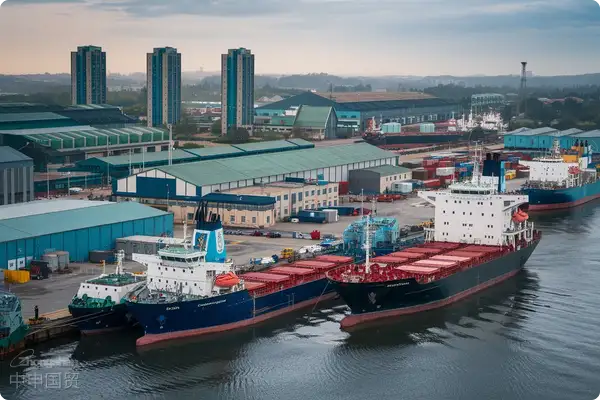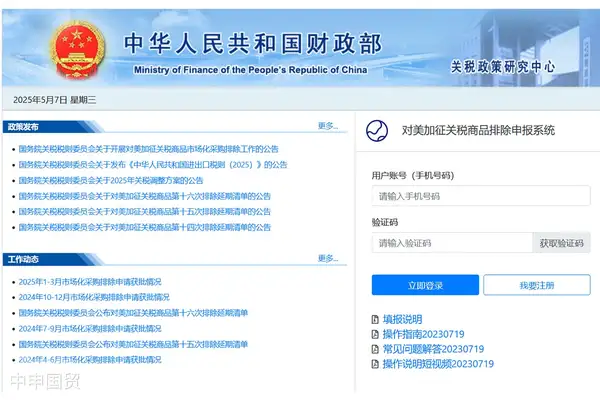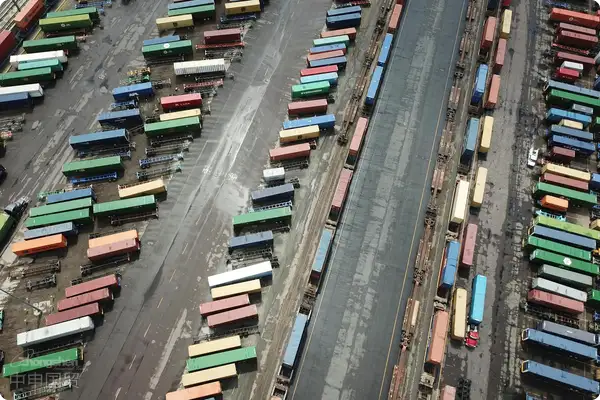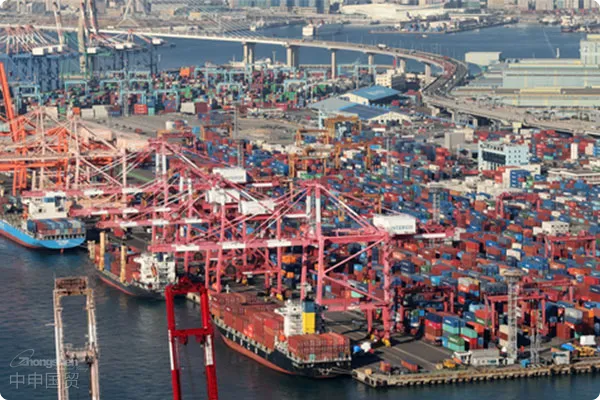- Shanghai Zhongshen International Trade Co., Ltd. - Two decades of trade agency expertise.
- Service Hotline: 139 1787 2118
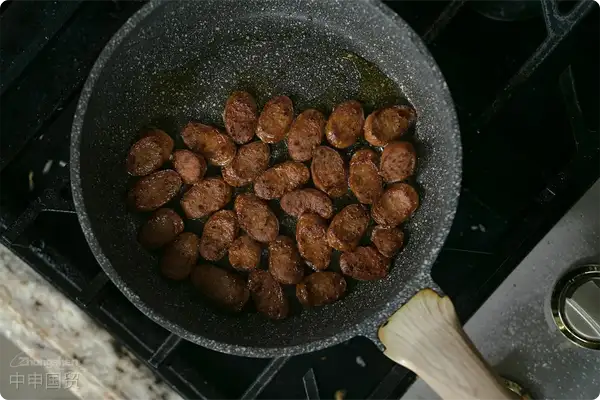
Importing Non-stick Pansforeign tradeComprehensive Analysis of the Agency Process
As a 20-year veteran in foreign trade, I am often asked by clients: What should we pay attention to when importing non-stick pans? Today, I will take you through the entire process of importing non-stick pans in the most straightforward way, while sharing some trouble-avoidance tips.
Preliminary Preparation: Laying the Foundation for Import
The first step in importing non-stick pans isDetermine the HS code. Based on my experience, non-stick pans are usually classified under 73.23 or 85.16, depending on the base material (steel/aluminum) and whether they include electric heating elements.
- Tariff inquiryCurrently, the import duty for regular non-stick pans is approximately 8-10%, but preferential rates may apply depending on the country of origin.
- supervision conditionsPay attention to whether A/B certificates (Customs Clearance Notice for Entry Goods) are required.
- Documentation preparationContract, invoice, packing list,It is recommended to verify through the following methods:All documents are essential. We recommend preparing them at least 1 month in advance.
Special reminder: Last year, one of our clientshad their goods detained by customs due to discrepancies in the certificate of origin information,resulting in half a months storage fee losses. We recommend verifying that the manufacturer information on the certificate matches the actual details completely in advance.
International Transportation: Details Determine Costs
Non-stick pans are fragile goods, so special attention must be paid to the shipping solution:
- Packaging RequirementsEach item should be individually wrapped in bubble film, and the outer carton must be marked with Fragile labels.
- Transportation methodRegular shipments can useMaritime Transportation, while urgent orders may considerAir Transportation(costs approximately 3-5 times higher).
- Insurance recommendation:All Risks coverage is mandatory, specifically including packaging breakage insurance.
Last year, a batch of non-stick pans imported from Italy that we handledexperienced coating discoloration due to moisture during ocean shipping.Now we always specifically require desiccants to be placed inside containers and photos to be taken to document the loading condition.
Domestic Customs Clearance: Compliance is Key
Customs clearance is the most problematic stage. Key focus areas include:
- Legal inspection requirements:Non-stick pans require CIQ inspection to test for heavy metal (lead, cadmium, etc.) leaching levels.
- customs inspectionTheres approximately a 30% chance of random inspection. We recommend allowing a 5-7 day buffer period.
- to transportation plan optimizationIn addition to tariffs, the 13% VAT is a fixed expense.
A real case example: A batch of German non-stick pans wasordered to be returned due to missing Chinese labels,resulting in significant losses. Now we always require foreign suppliers to affix GB-compliant Chinese labels in advance.
Selection and Usage: Professional Advice
Based on customs consumption alerts, here are some practical suggestions for importers:
- Procurement channels:Prioritize European (German/Italian) and Japanese brands for more stable quality.
- Quality inspection focus:Conduct batch sampling for coating adhesion strength using the cross-cut test method.
- User ManualBe sure to provide complete Chinese translations to avoid consumer complaints due to improper use
We once handled a shipment of French non-stick pans thathad incomplete instructionsresulting in customers using metal spatulas to cook crabs, which eventually caused large-scale coating peeling. Now we always specifically check if manuals contain all safety warnings.
Special precautions
Based on years of experience, here are some commonly overlooked points:
- Patent issues: Some coating technologies may involve patents - verify authorization before import
- The United States initiates preliminary anti - subsidy investigation on aluminum profiles from four countries: EU REACH regulations restrict PFOA - ensure compliance with national standards
- Returns and exchanges: Specify quality issue resolution in contracts beforehand
Remember: Importing non-stick pans isnt simple trading - every step from selection to after-sales requires professional control. A reliable foreign trade agent can save you at least 80% of troubles.
For specific questions, feel free to consult. After 20 years in this industry, Ive seen every kind of pan there is!
Related Recommendations
? 2025. All Rights Reserved. Shanghai ICP No. 2023007705-2  PSB Record: Shanghai No.31011502009912
PSB Record: Shanghai No.31011502009912

